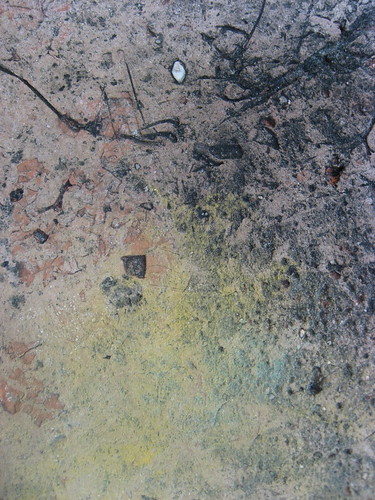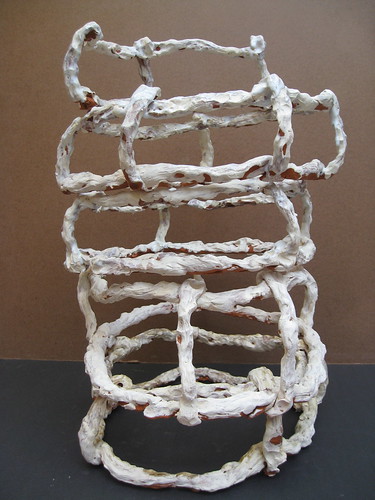Yesterday I ended with a thought that ceramics can be interpreted in an evolutionary perspective. What if we go further with that thought and consider sculpture as a biological phenomenon? This is not to subsume art under science. But the idea is to think about sculpture in a new perspective.
Early in the Neolithic people began making ceramic pottery. I think you can argue that this was an extension of their intellect. From a worldwide perspective we see so many types of pottery emerging from the Neolithic, probably starting in China. But pottery emerged independently in the Americas. Looking at pottery from Mesoamerica reveals so many styles and methods, we can see that human culture played a role in its development. Pottery was almost certainly tied to the beginnings of agriculture, not just because people needed to store their grain, oil, and wine. Early pots show a striking resemblance to cultivated crops like squashes, and in many cases they depict other plants as well. Here are a few examples from the anthropology museum in Merida, Yucatan.
Sculpture is apparently older than pottery however, and we can trace its beginnings to the Paleolithic, which occupies most of human history. Here’s an example from the anthropology museum in Bordeaux:
Still older are human tools, and my thought is that sculpture may have grown from re-shaping tools or at least re-considering them from a nonfunctional standpoint. Here’s an example of a large tool, also from the Paleolithic. In my mind it doesn’t take much to see how the effigy sculpture above evolved from the tool:
I teach about early human tool making and its possible descendent, sculpture, in my introductory biology class. How do these topics fit into the subject of evolutionary biology?
Simply, the formed object is an extension of the human brain, heart, eyes, and hands. As a biological entity, the things we make are related to us, not through physical kinship, but through our agency as makers. As I work to bridge science and art I wonder whether this theme will continue to inform my thoughts.














































